A chemical substance is a unique form of matter with constant chemical composition and characteristic properties.
Chemical substances may take the form of a single element or chemical compounds. If two or more chemical substances can be combined without reacting, they may form a chemical mixture. If a mixture is separated to isolate one chemical substance to a desired degree, the resulting substance is said to be chemically pure.
Chemical substances are categorized into two main groups based on their composition and structure: organic substances and inorganic substances. Organic substances mainly contain carbon and are found in living organisms, such as sugars, proteins, and fats. Inorganic substances usually do not contain carbon and include substances such as salts, metals, and minerals.
In general, organic substances are compounds containing carbon, and carbon atoms form the key structural framework that creates a wide variety of organic compounds. Everything on Earth (and likely in other parts of the universe) that can be described as living fundamentally depends on organic compounds. Food, fats, proteins, and carbohydrates are all organic compounds. Essential substances such as hemoglobin, chlorophyll, enzymes, hormones, and vitamins are also included in this category.
Other substances used in the pharmaceutical industry are organic compounds as well, including clothing made from cotton, wool, silk, and synthetic fibers; common fuels like wood, coal, oil, and natural gas; coating materials such as varnish, paint, enamel; antibiotics and synthetic drugs; natural and synthetic rubber; dyes; plastics; poisons, etc.-all are classified as organic substances.
In simpler terms, an inorganic compound is the opposite of an organic compound. To better understand how inorganic compounds are defined, it’s helpful to first understand what makes other compounds organic. An inorganic compound can be considered one that does not contain carbon-hydrogen bonds (known as C-H bonds). Additionally, inorganic compounds tend to include minerals or geology-based compounds that lack carbon-hydrogen bonds. Not all, but most inorganic compounds contain a metal.
That said, there are countless compounds that fall under the domain of inorganic substances. In fact, most of the compounds present in the universe are inorganic in nature. Therefore, inorganic compounds have a wide range of real-world applications and uses. Since many of the compounds in this world are inorganic, they can take many forms and possess a wide variety of different properties.
Inorganic Chemical Substances:
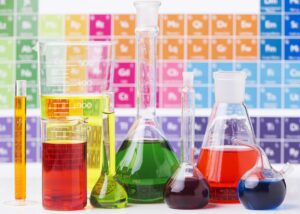
Industrial or inorganic chemistry is essentially the art of transforming materials into more useful substances on a large scale. This transformation of relatively accessible substances into desirable materials typically follows a process. These processes may involve grinding, mixing various components, dissolving, heating, interacting with substances (chemical or biochemical reactions to form new compounds), cooling, evaporation or distillation, crystal growth, filtering, and so on.
There are thousands of chemical substances. Some are used in making consumer goods, others for generating energy, and some are even used in the production of other industrial chemicals. Here, we mention the most important types.
Industrial Chemicals:
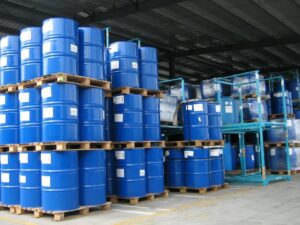
These are among the most widely used chemicals, typically of lower purity but more affordable. They are highly diverse and used in most factories, workshops, and industrial sectors. Examples include various sulfates, acids, bases, chlorides, carbonates, nitrates, and oxides.
Chemicals in the Food Industry:
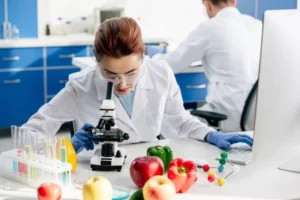
Food-grade chemicals are commonly used in food production as preservatives, stabilizers, or to create specific flavors, tastes, and colors. To be classified as food-grade, a chemical must be approved by global health authorities. These raw materials generally have higher purity.
Pharmaceutical Industry Chemicals:
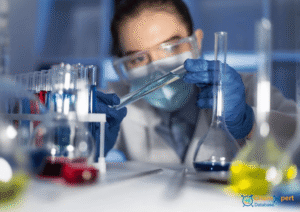
Most medicines contain chemicals, or are themselves chemical compounds with specific formulas. Some chemicals and solvents are used directly in the preparation of medicines. These substances may be selected due to their antibacterial properties, low toxicity, or usefulness in synthesizing drugs.
Detergent Chemicals:

Chemicals used in detergents usually have surfactant properties. These compounds can dissolve in both water and organic media, allowing them to remove stains and grease. They can also disrupt bacterial membranes, leading to bacterial death.
Water Treatment Chemicals:
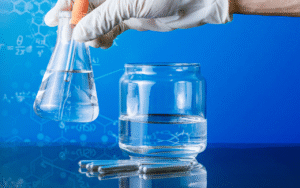
Water is a vital element, and its importance is well-known. Water treatment chemicals are compounds used to repro These are substances used to supply essential nutrients to plants in soil, eliminate pests, insects, and diseases. They typically contain elements like manganese, magnesium, zinc, iron, etc. Generally available in industrial grade, they are among the most widely used chemicals globally due to their significance in agriculture.cess wastewater and industrial water for reuse. They are employed in various chemical treatment stages such as coagulation, sedimentation, pH control, disinfection, and more.
Chemical Fertilizer Raw Materials:
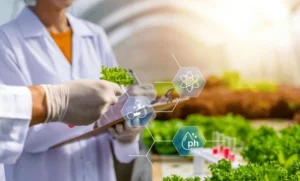
These are substances used to supply essential nutrients to plants in soil, eliminate pests, insects, and diseases. They typically contain elements like manganese, magnesium, zinc, iron, etc. Generally available in industrial grade, they are among the most widely used chemicals globally due to their significance in agriculture.
Chemical Solvents:
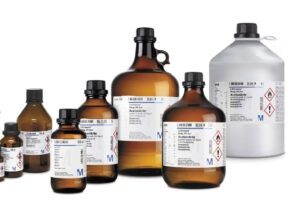
Solvents are among the most important chemicals. Without them, many chemical reactions would not be possible. They have broad applications across medicine, food, industry, research, pharmaceuticals, and more.
Laboratory Chemicals:
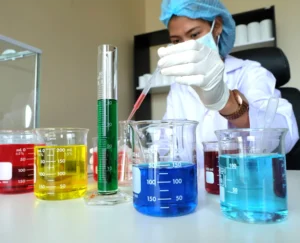
These are laboratory-grade chemical compounds used in research labs. Due to their application in precise experiments, they require high purity-usually 99% or more. Well-known chemical manufacturers like Merck, Sigma-Aldrich, PubChem, etc., produce high-purity lab-grade chemicals.

